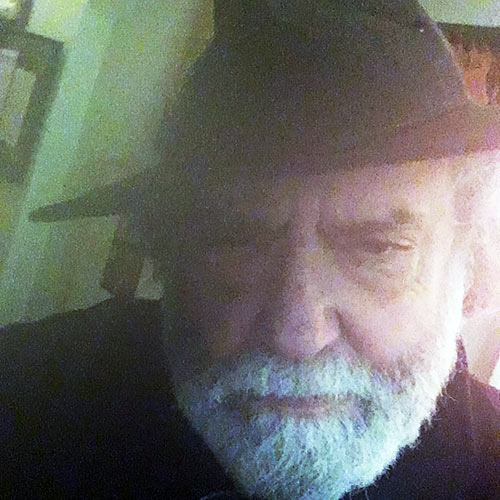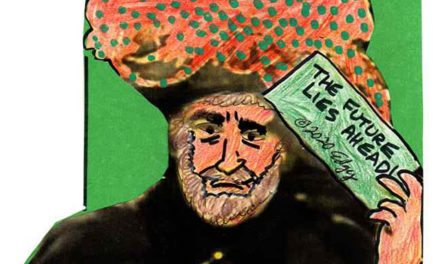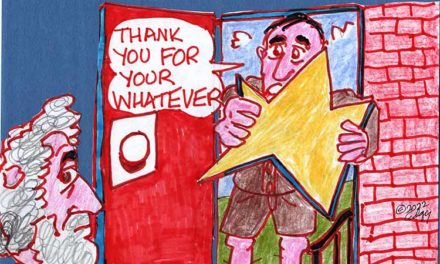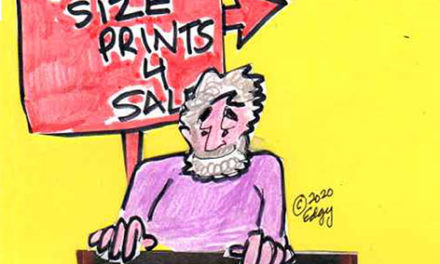Caution: Loving Film Noir Can Cause Bad Habits
A little trip down malady lane
By Ed Goldman
The trouble with watching a film noir on Turner Classic Movies late at night is that it makes me want to go out and buy unfiltered cigarettes, whiskey and a Fedora. Not only that, but also smoke, drink and wear them, in that order.
The third only causes hat-hair, which looks worse on me than even hatless hair. But how deadly could the first two be?
“Here’s Looking at You, Id”
Very. I realize when I watch the actors in a film noir, male and female, it’s when they were young. I begin to Google them after watching each of their movies and then become appalled, though not surprised, to discover how many of them died in their 50s (or sooner) of lung cancer, emphysema, heart attacks and “complications of cirrhosis” (the most notable one of those being death, of course).
Before I push on, a word or two about film noir would be useful if the genre hasn’t been on one of your locator systems.
Most, but not every, film noir (pronounced “nuhWAHR”) were made just after World War II. Most were in black-and-white and most featured shadowy photography, moody musical scores and, as the protagonists, femmes fatale and anti-heroes. Cynicism dominated the dialogue and very few of the movies had traditionally happy endings, especially if you were rooting for the bad guys and gals—who were much more attractive than the sanctimonious good guys and gals—to get away with whatever crime they’d committed (usually robberies and murders).
Some of the actors in the movies led private lives that were carryovers from some of their films: infidelity leading to beatings or killings. Drugs. Confinements in a rich diversity of asylums (for alcohol and drug abuse, various psychoses and even unbridled hypochondria).
Many of the actors in B-movie noirs (which isn’t really a redundant expression; some were A-movies) are the ones who fared badly off-camera.
Ralph Meeker, who starred as Mickey Spillane’s brutal private eye Mike Hammer in “Kiss Me Deadly”—which ended with a nuclear explosion in a beach house, long before Gidget and Moondoggie hooked up there—barely made it to 67 years old. Fairness demands that the naked-under-a-raincoat femme fatale who drove all the action but disappeared early in the film, died in February at 94: the remarkably versatile Cloris Leachman.
Many participants in the better-financed A-noir films—such as Edward G. Robinson, Fred MacMurray and Barbara Stanwyck in “Double Indemnity”—lived long, accomplishment-strewn lives. Robinson died at 79, MacMurray at 83 and Stanwyck at 82.
But others, like Dick Powell in ”Murder, My Sweet,” was 58 when he left the planet. He was a heavy smoker—but may also have been a victim of being in the wrong place at the wrong time while he was directing one of the worst films ever made.
“It has been speculated that Powell developed cancer as a result of his participation in the film ‘The Conqueror’ which was filmed at St. George, Utah, near a site used by the U.S. military for nuclear testing,” according to one of the innumerable online film-fan sites. “As well as Powell, who directed the film, about a third of the actors who participated … developed cancer, including John Wayne and Susan Hayward.”
Okay, a couple of postscripts: (a) Pedro Armendáriz, a huge star in Mexican cinema, was also in that film—and died at 51. In fact, he was already terminally ill when he played James Bond’s Turkish buddy in “From Russia with Love.” (b) Wayne also smoked five packs of cigarettes a day for decades, so I’m not sure even radioactive fallout could have further damaged his lungs.
Older people in the casts of some great noir films, I’ve discovered, were not quite as old as the parts they were playing. Walter Brennan was playing coots and sots while still in his 30s and 40s because he’d lost his hair early on and, if he also removed his dentures, could effectively portray a senior in need of Sy Sperling and Delta Dental.
Sometimes, the actors were older than their characters.
For example, Humphrey Bogart was already 47 when he played 38-year-old Phillip Marlowe in “The Big Sleep.” He actually looked about 57, which happened to be his age when he died, presumably from all those cigarettes and whiskey which he consumed as recklessly off-screen as on-.
When I explain my love of film noir to new acquaintances, and how it’s a form of catharsis—the Greek-tragedy device that allows viewers to find relief from their own problems by watching others suffer—I’m often asked these questions:
- “Shouldn’t people who want to use the word ‘catharsis’ in conversation doublecheck the holding power of their Poligrip® Denture Cream first to prevent their teeth from catapulting across the room?”
- “Couldn’t slurring a word with that much sibilance produce an inaudible-to-humans pitch so high that it could summon wild dingoes? Ergo, shouldn’t lecturers at ancient-literature retreats held in Australia’s Outback be warned?”
- “Are you hoping to bore me into paying for dinner so I can just get this horrible date over with?”
To which I respond, in order: (1) Yeth. (2) Yethiree. (3) No. But if you leave, may I have the rest of your whiskey?
Ed Goldman's column appears almost every Monday, Wednesday and Friday. A former daily columnist for the Sacramento Business Journal, as well as monthly columnist for Sacramento Magazine and Comstock’s Business Magazine, he’s the author of five books, two plays and one musical (so far).












